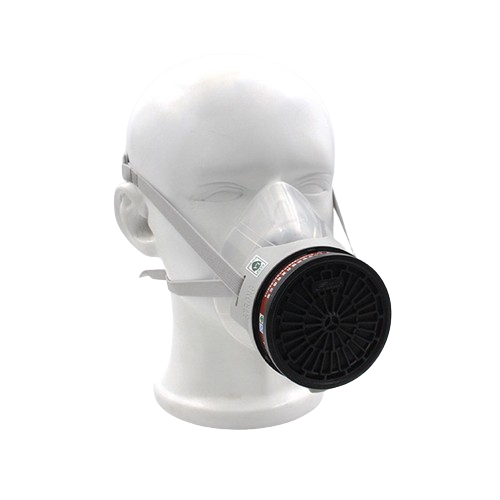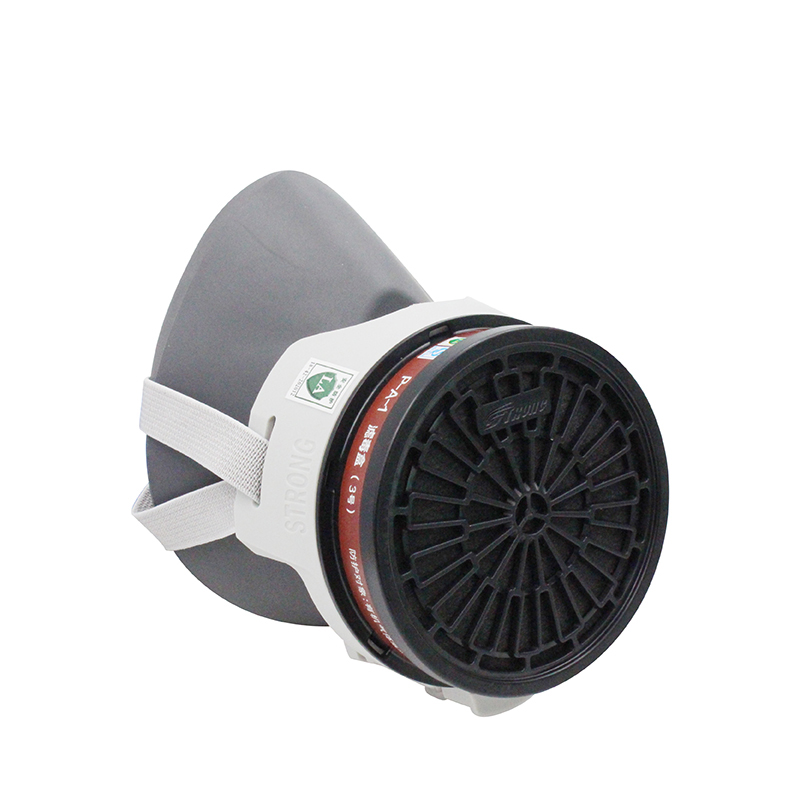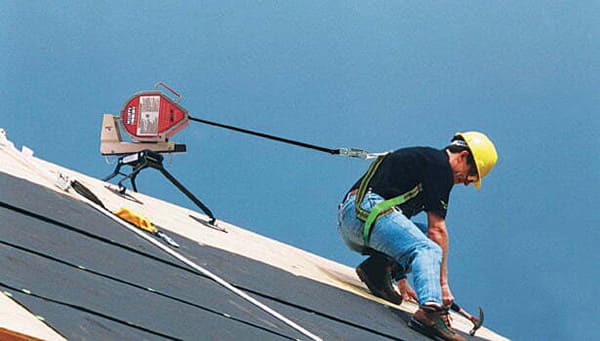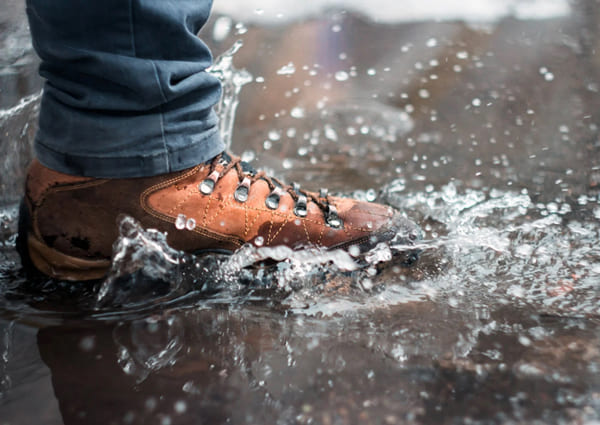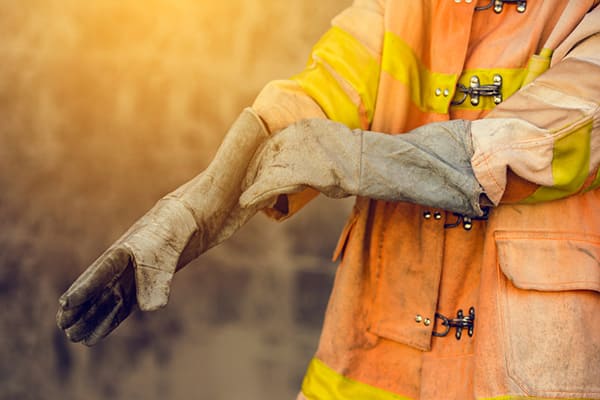Various types of head protection equipment
Head protection is an essential aspect of personal safety, particularly in environments where there is a risk of head injuries. There are various types of head protection equipment available, each designed to provide different levels of protection depending on the specific hazards present. Here are some commonly used forms of head protection:
Hard Hats: Hard hats, also known as safety helmets, are the most recognizable form of head protection. They are typically made of rigid materials such as high-density polyethylene (HDPE) or polycarbonate and are designed to protect against falling objects, impacts, and electrical hazards. Hard hats often have suspension systems inside to absorb and distribute the force of an impact.
Bump Caps: Bump caps are a lighter form of head protection compared to hard hats. They are typically made of plastic and are designed to protect against minor bumps and scrapes, but they do not provide the same level of impact protection as hard hats.
Safety Helmets: Safety helmets are similar to hard hats but are often used in different industries, such as construction, mining, and rescue operations. They may offer additional features like face shields, earmuffs, or integrated communication systems.
Protective Hoods: Protective hoods are used in situations where there is a risk of heat, flame, or chemical splashes. They cover the entire head and neck area, providing protection against burns and hazardous substances.
Welding Helmets: Welding helmets are specifically designed to protect against the intense light, heat, and sparks generated during welding operations. They typically have a dark tinted visor that can be flipped up when not in use.
Climbing Helmets: Climbing helmets are designed for activities such as rock climbing, mountaineering, and tree climbing. They provide protection against falling rocks, impacts, and falls.
It's important to note that the type of head protection required depends on the specific workplace or activity. Employers and individuals should assess the risks and choose the appropriate head protection equipment to ensure safety. Additionally, head protection should be inspected regularly for any signs of damage or wear and replaced if necessary to maintain its effectiveness.




